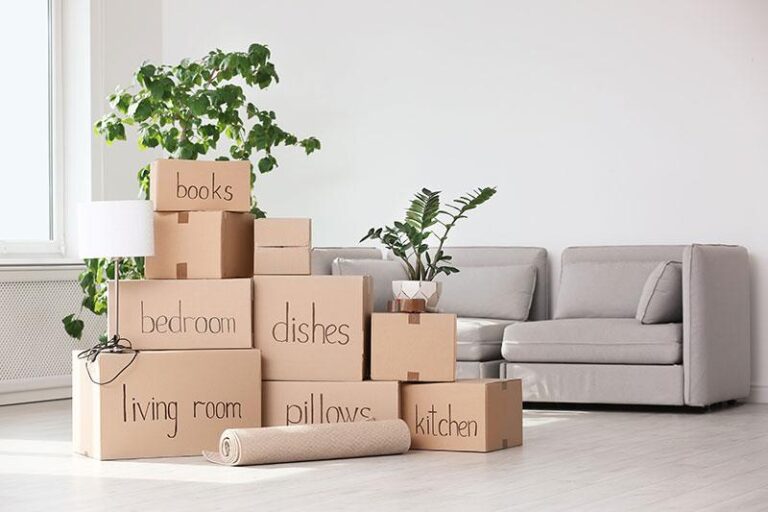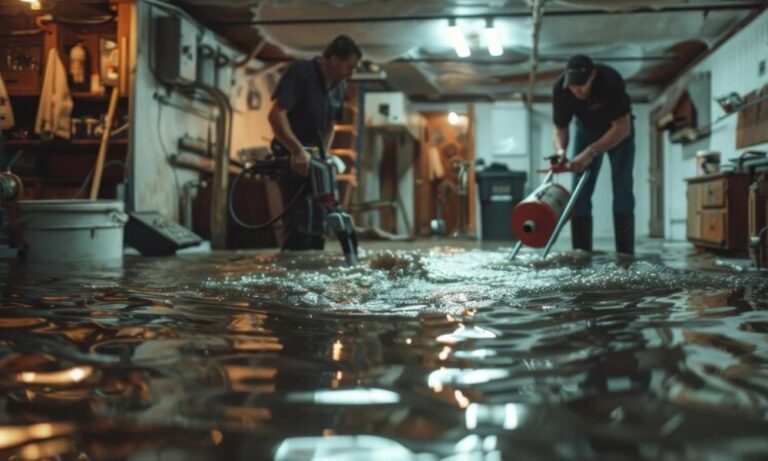
As a homeowner or renter, you play a crucial role in ensuring the safety of your delicate kitchenware during a move. From delicate china to fragile glassware, these items require extra care when packing. With the right materials and techniques, you can take the necessary steps to ensure your kitchen essentials arrive safely at your new home, giving you peace of mind and confidence in the process.
This guide offers practical tips for packing and transporting fragile kitchenware, minimizing the risk of chips, cracks, or breaks.
Step 1: Gather the Right Packing Supplies
Using high-quality materials is vital in protecting your kitchenware. You’ll need:
- Sturdy Boxes: Choose double-walled boxes for heavier items and smaller boxes for glassware.
- Bubble Wrap and Packing Paper: Provide cushioning for delicate surfaces.
- Dish Dividers or Inserts: Keep plates and bowls separated during transport.
- Foam Sheets or Padded Liners: Add extra protection for oversized items like baking dishes.
- Packing Tape: Use heavy-duty tape to secure boxes.
- Marker for Labeling: Indicate fragile contents and the room destination.
Step 2: Sort and Organize Your Kitchenware
Group Items by Type
Separate your kitchenware into categories such as:
- Plates and bowls
- Glassware and cups
- Pots, pans, and bakeware
- Utensils and small appliances
Grouping items helps you pack more efficiently and ensures everything is noticed.
Declutter Unused Items
Moving is a great time to evaluate your kitchen inventory. Donate or discard items you no longer need, such as mismatched mugs or old pans.
Step 3: Pack Kitchenware Safely
Plates and Bowls
- Wrap Each Item: Use packing paper or bubble wrap to cover each plate or bowl.
- Stack Vertically: Place plates and bowls on their sides in the box to reduce pressure on the center.
- Add Padding: Use foam sheets or crumpled paper to fill gaps and prevent shifting.
Glasses and Cups
- Use Dividers: Insert cardboard dividers into the box to separate glasses and cups.
- Wrap Individually: Cover each piece with bubble wrap, focusing on handles and stems.
- Carefully: Create layers within the box, adding Padding between each level.
Pots and Pans
- Nest Items: Place smaller pans inside larger ones, separating each with packing paper.
- Wrap Handles: Cover handles with bubble wrap to prevent scratches or dents.
Utensils and Appliances
- Bundle Utensils: Group utensils together and secure them with rubber bands or tape.
- Protect Blades: Wrap sharp knives in cardboard or foam before packing.
- Disassemble Appliances: Remove detachable parts from appliances and wrap each separately.

Step 4: Label Boxes Clearly
Clearly label each box with the following:
- The contents (e.g., “Glassware” or “Plates”)
- The destination room (“Kitchen”)
- Handling instructions (e.g., “Fragile” or “This Side Up”)
Proper labeling ensures careful handling and streamlines unpacking.
Step 5: Load Boxes Strategically
When loading fragile kitchenware onto the moving truck:
- Stack Carefully: Place lighter boxes over heavier ones to avoid crushing.
- Secure in Place: Use straps or ropes to prevent boxes from shifting during transit.
- Avoid Overpacking: Leave space for airflow and reduce the risk of breakage.
Step 6: Unpack with Care
Once you’ve arrived at your new home:
- Inspect Items: Check for damage before unpacking entirely.
- Unpack Essentials First: Focus on frequently used items like plates and utensils.
- Dispose of Packing Materials: Recycle paper, bubble wrap, and boxes responsibly.
Common Mistakes to Avoid
MistakeSolution
Using Oversized Boxes: Pack fragile items in smaller boxes to reduce movement and weight.
Skipping Padding: Ensure every gap is filled with packing paper or bubble wrap.
Stacking Plates Horizontally: Always pack plates vertically to distribute weight evenly.
Packing Too Tightly: Leave enough space to prevent excessive pressure on fragile items.
Pros and Cons of DIY vs. Professional Packing for Kitchenware
AspectDIY PackingProfessional Packing
Cost Lower cost but higher risk of damage. Higher cost but ensures expert handling.
Time Investment: Time-consuming, especially for large kitchens. Saves significant time and effort.
Packing Materials Requires purchasing materials separately. Movers provide all necessary supplies.
Risk of Breakage Higher without proper techniques. Minimal with professional expertise.
Benefits of Hiring Professional Movers
Hiring professional movers offers peace of mind for fragile or extensive kitchenware collections. Advantages include:
- Specialized Packing Techniques: Movers know how to handle delicate items with care.
- Custom Packing Materials: Access to high-quality supplies like dividers and reinforced boxes.
- Time Savings: Professionals pack quickly and efficiently, reducing stress.
For homeowners in Dubai, reliable movers provide expert services to ensure your kitchenware is transported safely and securely.
Tips for Long-Distance Moves with Kitchenware
If your move involves extended travel:
- Use Climate-Controlled Trucks: Protect temperature-sensitive items like wine glasses or specialty cookware.
- Secure Boxes Tightly: Double-check that boxes are sealed and won’t shift during the journey.
- Label for Priority Unpacking: Mark certain boxes as “Open First” for quick access to essentials.
Conclusion
Packing fragile kitchenware may require time, effort, and attention to detail, but the proper techniques and materials can make all the difference. By following the steps in this guide—or hiring professional movers—you can ensure your kitchen essentials arrive safely and ready to use. The sense of accomplishment you’ll feel after a successful move will be worth the effort.
For stress-free kitchenware relocation, trusted movers in Dubai offer comprehensive packing and transportation services tailored to protect your delicate belongings.







